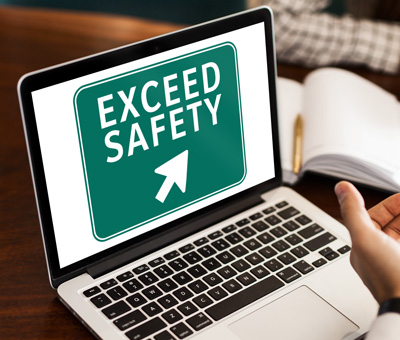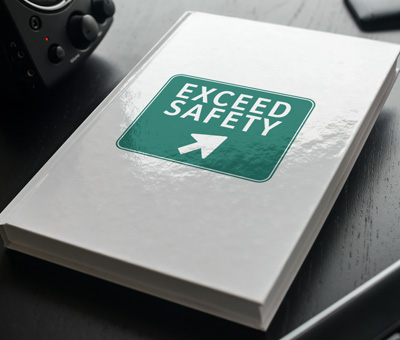Fire safety at jobsites should be a paramount concern. Beyond protecting employees’ lives, it safeguards valuable assets and the company’s future. This article discusses crucial aspects of fire safety, including prevention, preparedness, and response.
Prevention: The Foremost Strategy
The cornerstone of fire safety is prevention, a strategy that is both life-saving and cost-effective. Employers must prioritize fire prevention to significantly reduce fire incidents. This involves regular maintenance of electrical systems and equipment, proper storage of flammable materials, and routine risk assessments. Electrical fires, a common workplace hazard, can be mitigated by ensuring that electrical systems comply with safety codes and undergo regular inspections. Other preventative measures include educating employees about maintaining clean workspaces, practicing electrical safety, avoiding overloading power outlets, and keeping flammable materials away from heat sources.
Education and Training: Essential for Fire Safety
Effective fire safety hinges on education and training. From the onset of employment and annually thereafter, employees should receive comprehensive fire safety training. This training must encompass evacuation procedures, correct use of fire extinguishers, and responses to fire emergencies. Regular fire drills and training exercises are vital to familiarize employees with emergency procedures, ensuring a swift and efficient response during a fire.
Emergency Preparedness: Evacuation Plans and More
Each workplace should have a clear, well-documented emergency evacuation plan. This plan must include defined evacuation routes and an assembly point. Regularly reviewing and updating the evacuation plan is crucial, especially when workplace layouts change or when accommodating individuals with special evacuation needs, such as persons with disabilities.
Detection and Suppression Systems: A Critical Aspect
The presence of effective fire detection and suppression systems is essential. Smoke detectors, fire alarms, and sprinkler systems within the workplace can significantly minimize fire damage. Regular maintenance and testing of these systems ensure their functionality in emergencies. Equally important is the strategic placement and maintenance of fire extinguishers. Employees should be instructed that if they are uncomfortable using a fire extinguisher, they must prioritize their safety and not attempt to fight the fire.
Response to Fire Emergencies
In the event of a fire, the first action should be to call 911 after reaching safety. Designating responsible individuals to communicate with non-emergency personnel ensures a clear direction during emergency alerts. If injuries occur, trained employees should administer first aid until emergency services arrive.
Post-Incident Review and Compliance
After a fire incident, it’s crucial to assess damages and review the response. Implement changes if weaknesses are identified and document strengths for future reference. This information is invaluable for enhancing employee training, fire safety systems, and protocols. Compliance with local and national fire safety regulations is not just a legal obligation but a moral one. Ignoring these regulations risks lives, assets, and legal liabilities.
Conclusion: Beyond Compliance
Proactive prevention, comprehensive training, and the right equipment are essential for workplace fire safety. Employers who prioritize fire safety not only comply with regulations but also create secure and productive environments. Remember, prevention is always preferable to dealing with the aftermath of a fire.









